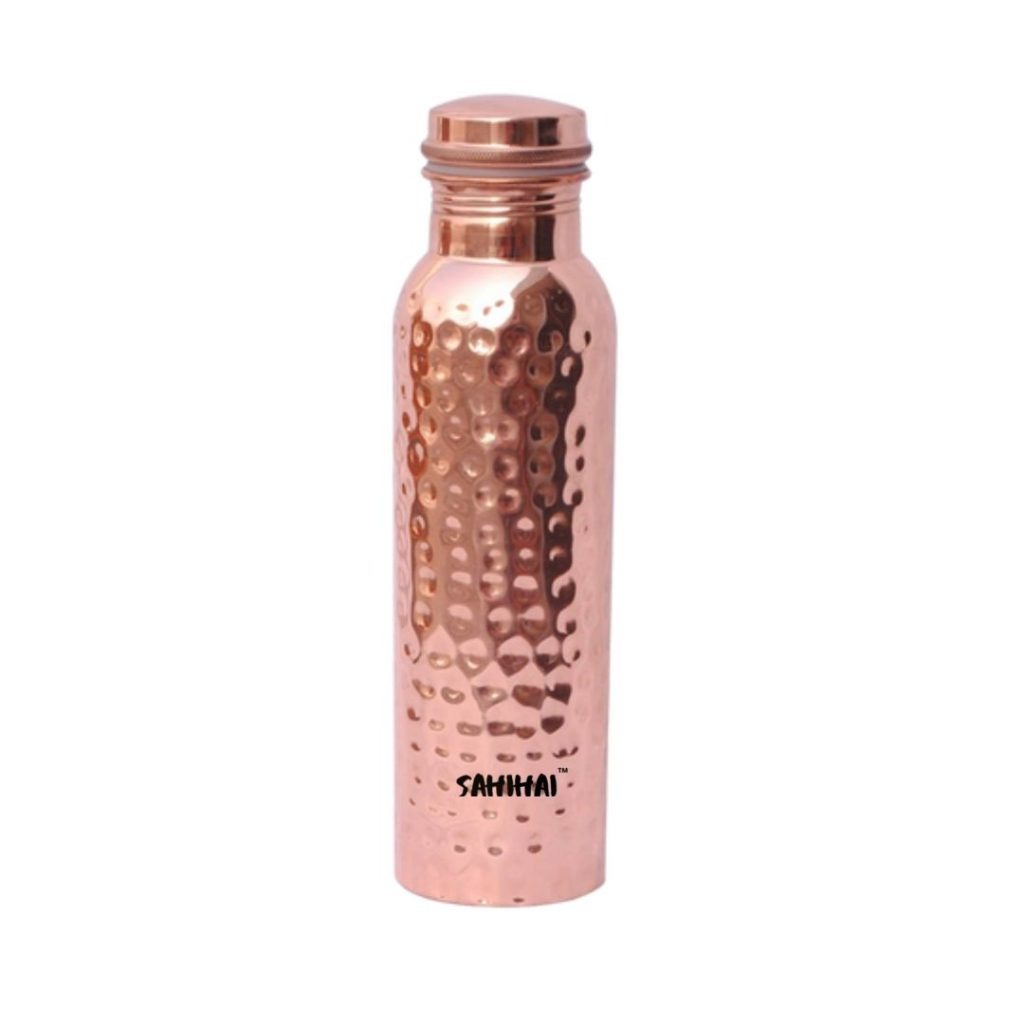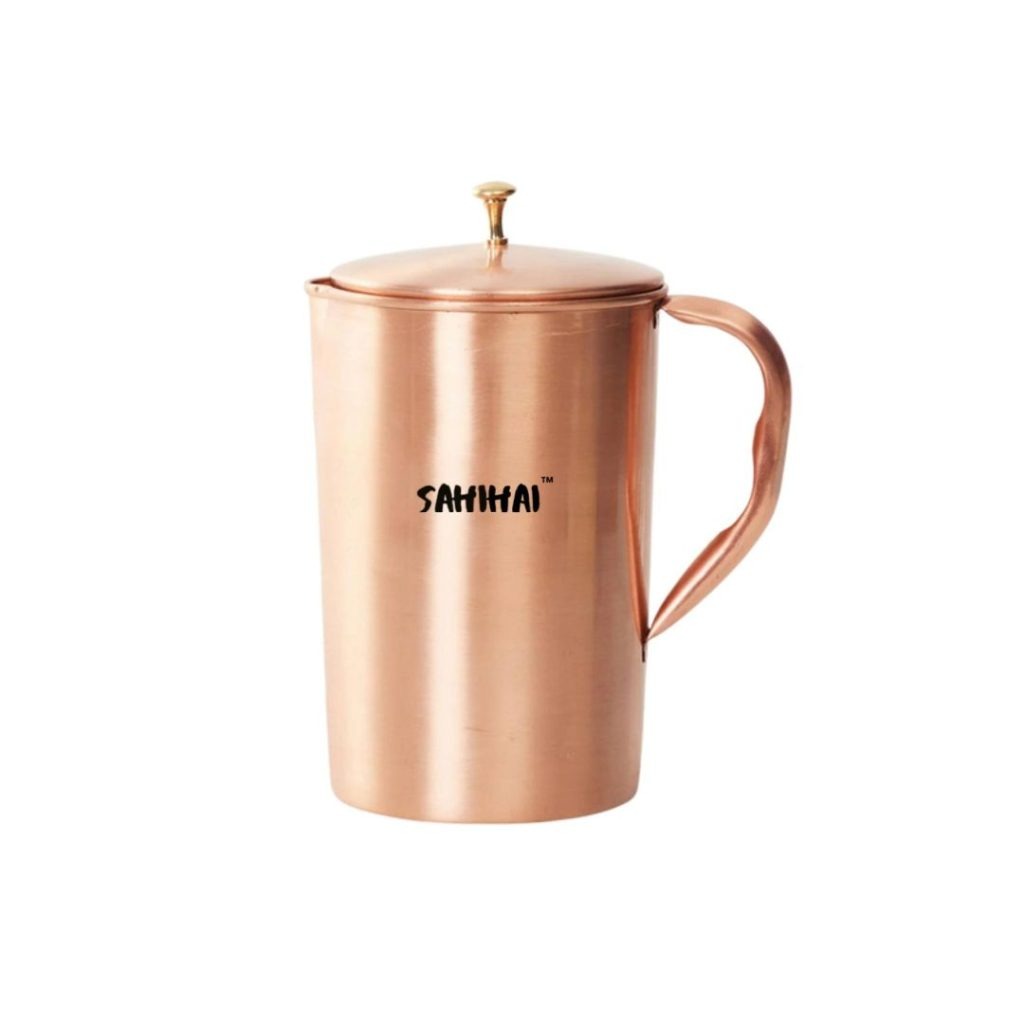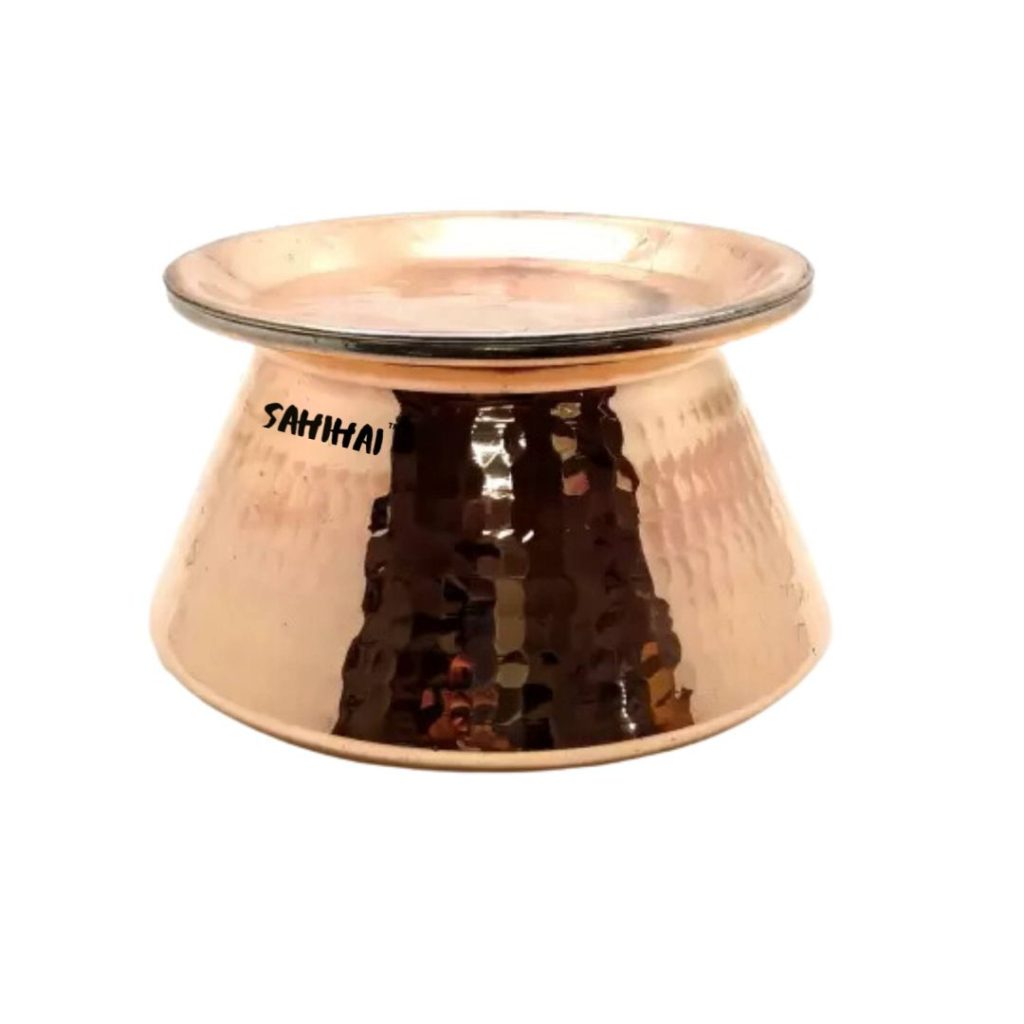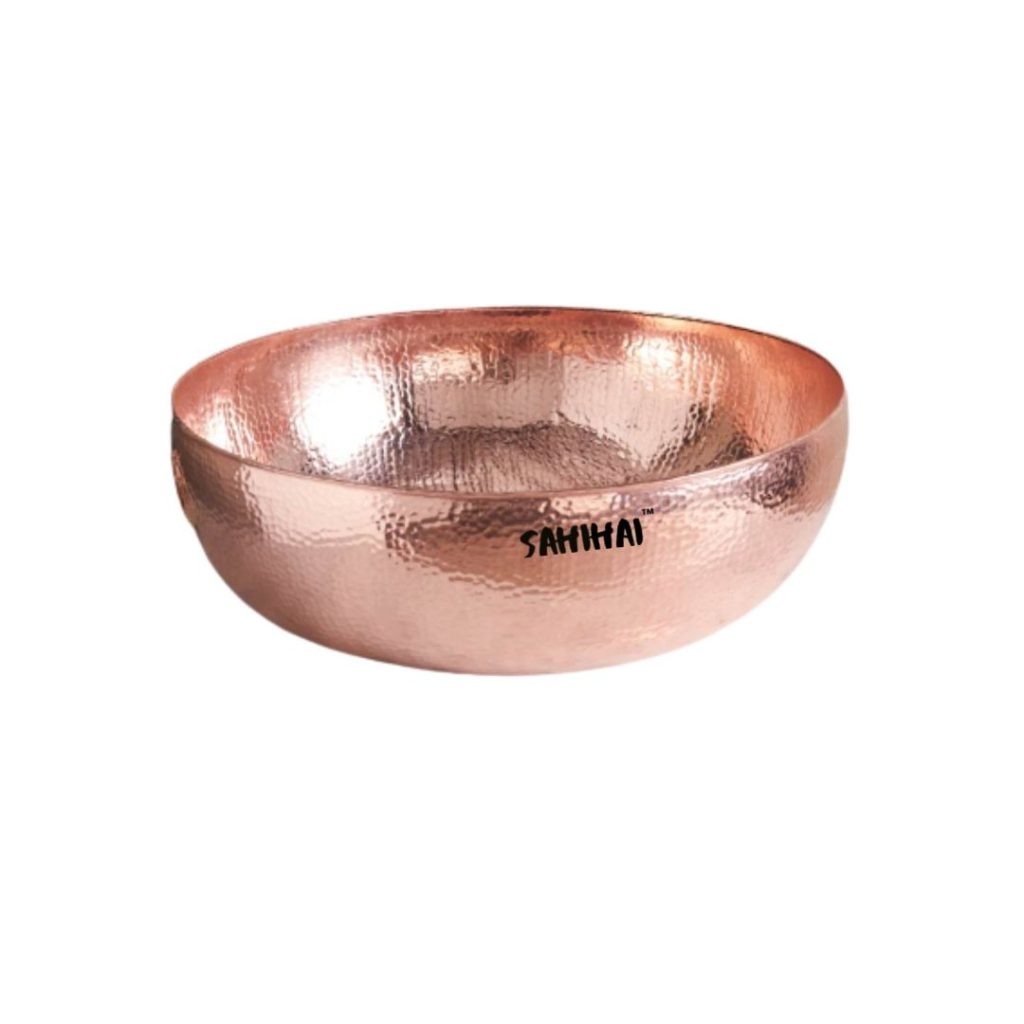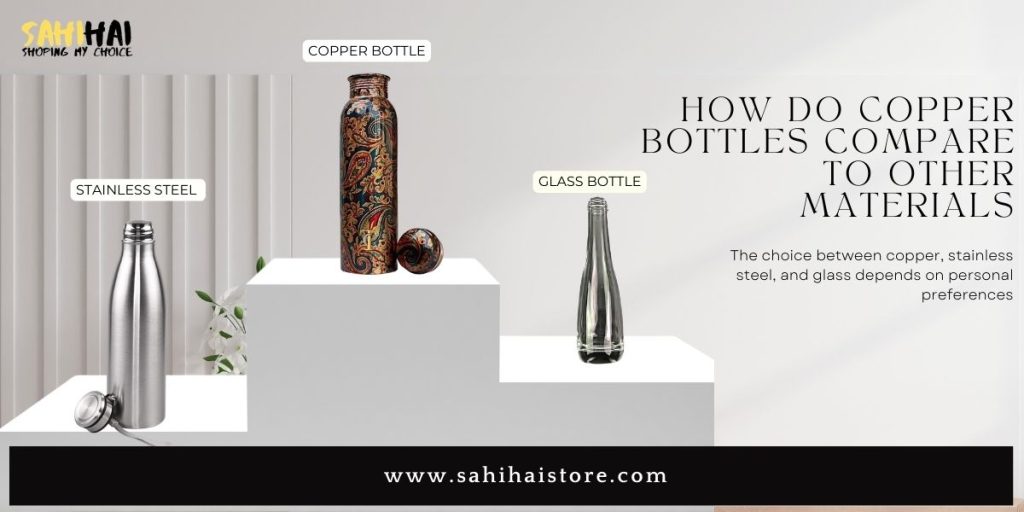
Introduction:
When it comes to selecting a water bottle for daily use, considerations extend beyond mere functionality. Copper bottles, stainless steel bottles, and glass bottles each bring their unique characteristics to the table, catering to individual preferences, health factors, and environmental consciousness. In this guide, we’ll explore the pros and cons of each material to help you make an informed decision.
Copper Bottles:
Pros:
Antimicrobial Properties: Copper’s natural antimicrobial properties can potentially inhibit the growth of bacteria and viruses in the water.
Traditional and Aesthetic Appeal: Copper bottles are favored for their traditional charm and aesthetic value.
Cons:
Potential Copper Leaching: Extended contact with copper may result in the leaching of copper ions into the water, which can be harmful if consumed excessively.
Maintenance Required: Regular cleaning is essential to prevent mineral deposits and maintain the effectiveness of the copper.
Stainless Steel Bottles:
Pros:
Durable and Sturdy: Stainless steel is known for its durability, corrosion resistance, and resistance to dents or breaks.
No Leaching: Stainless steel provides a safe and neutral storage option, as it doesn’t leach into the water.
Wide Variety: Stainless steel bottles come in various designs, colors, and sizes.
Cons:
Lack of Antimicrobial Properties: Unlike copper, stainless steel lacks natural antimicrobial properties.
Odor Retention: Some users may find that stainless steel bottles can retain odors if not cleaned thoroughly.
Glass Bottles:
Pros:
Non-reactive Material: Glass is non-reactive, ensuring it won’t introduce chemicals into the water or alter its taste.
Environmentally Friendly: Glass is recyclable, making it a sustainable option for eco-conscious consumers.
Clear Visibility: Allows you to see the contents, ensuring the absence of odors or flavors from previous use.
Cons:
Fragile: Glass is more fragile compared to copper or stainless steel and may break if dropped.
Heavier: Glass bottles tend to be heavier than their copper or stainless steel counterparts.
Health and Environmental Impact:
Health Impact:
Copper and stainless steel are generally safe, but individual sensitivities can vary. Consult healthcare professionals if you have specific health conditions.
Glass is inert, meaning it won’t introduce additional substances into the water.
Environmental Impact:
Glass is recyclable, but its production process can have a higher carbon footprint.
Stainless steel is recyclable and has a lower environmental impact compared to glass.
The environmental impact of copper depends on mining and processing practices.
Conclusion:
The choice between copper, stainless steel, and glass is a personal one, involving a balance of health considerations, durability, aesthetics, and environmental impact. Each material has its merits, and understanding your priorities will guide you toward the water bottle that aligns with your lifestyle and values. Whether you’re drawn to the traditional allure of copper, the durability of stainless steel, or the eco-friendliness of glass, make a choice that resonates with your unique preferences and priorities.

